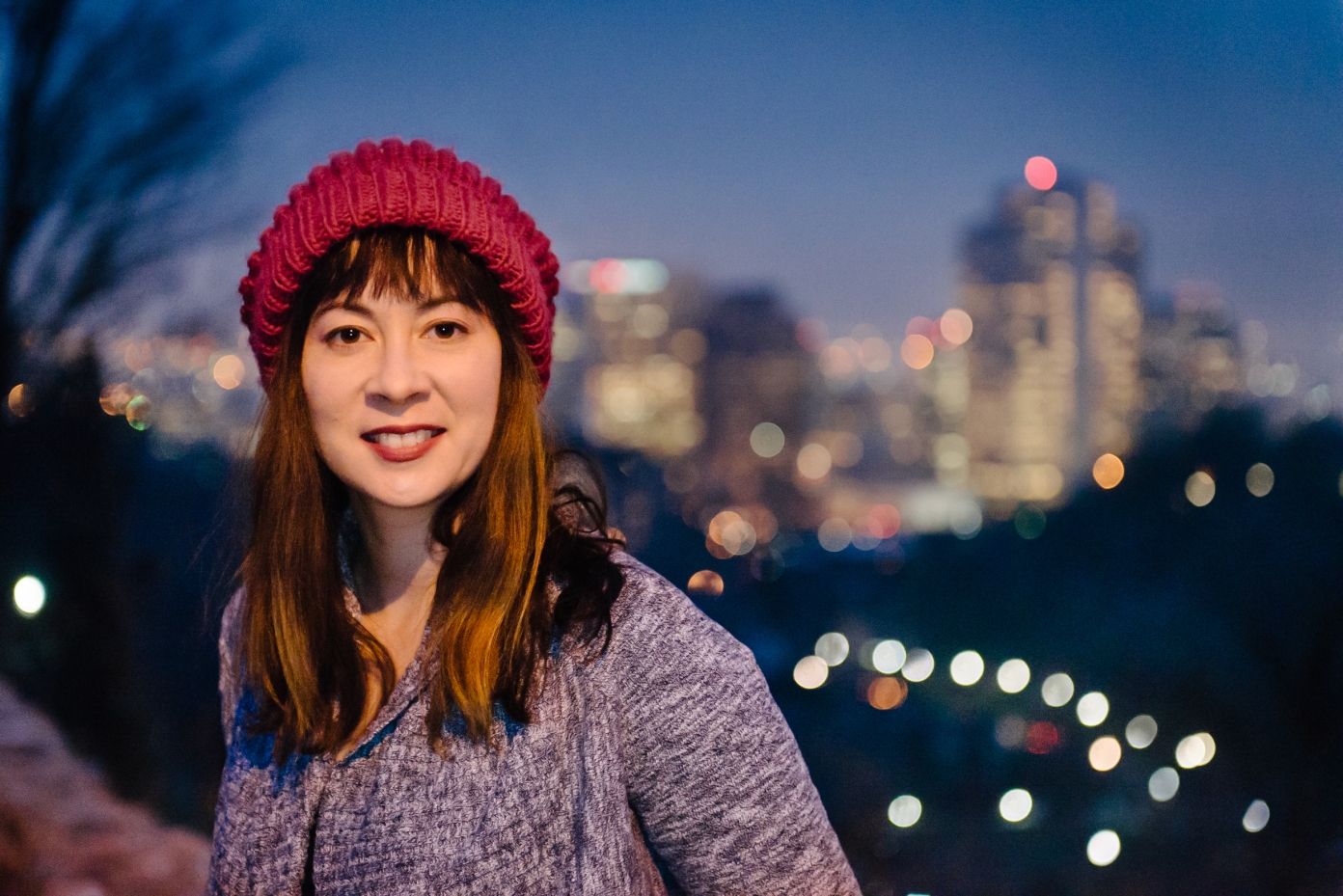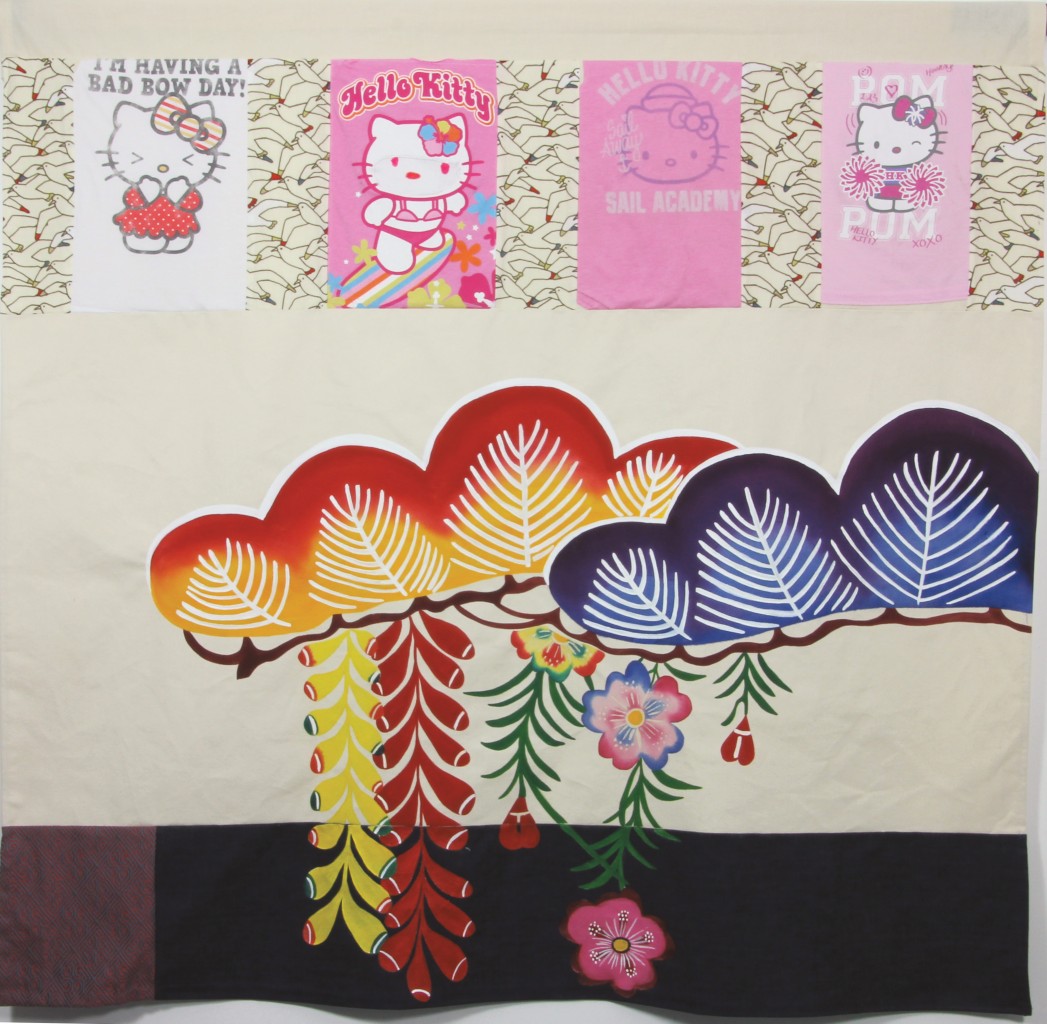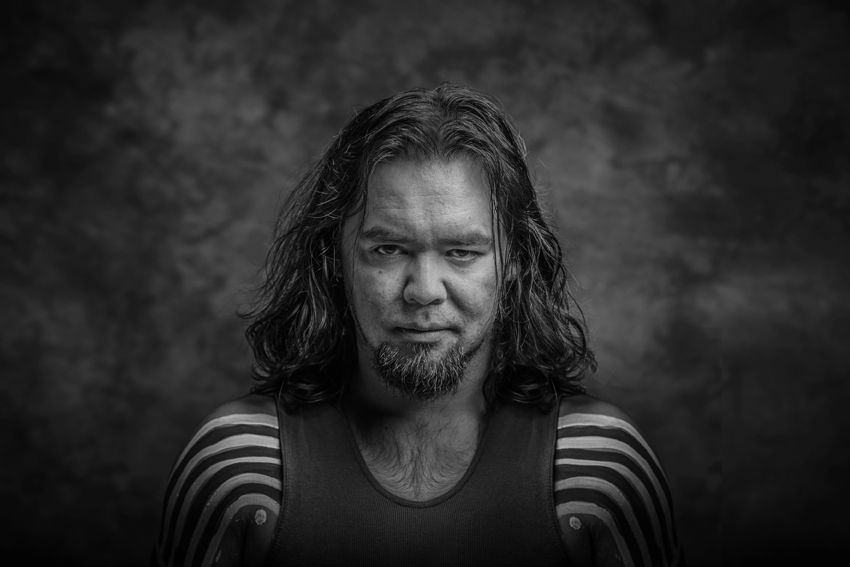The Ambiguous and the Mundane: Racial Performance and Asian Americans
Contemporary Literature
Volume 57, Number 2, Summer 2016
pages 292-300
Josephine D. Lee, Professor of English and Asian American
University of Minnesota
Jennifer Ann Ho, Racial Ambiguity in Asian American Culture. New Brunswick, NJ, and London: Rutgers University Press, 2015. xi + 215 pp. $90.00 cloth; $31.95 paper.
Ju Yon Kim, The Racial Mundane: Asian American Performance and the Embodied Everyday. New York: New York University Press, 2015. x + 286 pp. $90.00 cloth; $28.00 paper.
Asian American studies scholars such as Karen Shimakawa (National Abjection: The Asian American Body Onstage), Leslie Bow (Betrayal and Other Acts of Subversion: Feminism, Sexual Politics, Asian American Women’s Literature), Tina Chen (Double Agency: Acts of Impersonation in Asian American Literature and Culture), Joshua Chambers-Letson (A Race So Different: Performance and Law in Asian America), and myself have drawn attention to the theatrical nature of Asian American racialization—the assumed incompatibility between Asian bodies and American loyalties that undergirds racial stereotypes such as the perpetual foreigner or the wartime enemy. The Asian American is imagined as a potential traitor or an economic threat whose essential nature is inherently at odds with American identity and whose apparently successful cultural assimilation is inherently untrustworthy. Throughout their long history, Asian Americans have been subject to the material and psychological consequences of this endgame, whether in the World War II incarceration of Japanese Americans or in outlandish expectations for the “model minority.”
Two recent books—Ju Yon Kim’s The Racial Mundane: Asian American Performance and the Embodied Everyday and Jennifer Ann Ho’s Racial Ambiguity in Asian American Culture—also envision Asian American racialization as a shifting and dynamic social performance, unpacking what “Asian American” does, rather than just assuming what it is. Both directly challenge fixed notions of racial epistemology as well as provide insightful, original commentary on historical and contemporary Asian American literature and culture.
Grounded in the theories of theatrical phenomenology and Asian American studies, Kim’s Racial Mundane specifically looks at the juxtaposition of Asian American culture (especially Asian American theater) and “everyday” life. Theater is often considered the realm of imaginative pretense as contrasted with the authentic world offstage. But as Kim points out, both theater and life are mainly constituted by repetitive habits and behaviors that define self and action. What Kim calls “the mundane” is the “fusion of the corporeal and the quotidian,” or as she eloquently puts it, “the slice of the everyday carried—and carried out—by the body” (3). For Asian Americans, these ordinary bodily practices are charged with racial significance. Asian exclusion and marginalization was founded on the premise that Asian immigrants and their descendants would never fully assimilate. Kim takes up different instances of this perceived gap between Asian body and American behavior; for instance, she reads the myth of the “model minority” in Justin Lin’s 2002 film Better Luck Tomorrow and Lauren Yee’s biting 2014 satire Ching Chong Chinaman as demonstrative of this racial slippage, whereby Asian American achievement is interpreted both as proof of a successful transition into Americanness and as accentuating a racial difference that belies assimilation.
Though Kim’s examples are largely contemporary, she opens with an analysis of a play that premiered in 1912. Now mostly forgotten, Harry Benrimo and George C. Hazelton Jr.’s The Yellow Jacket was praised in touring productions as well as Broadway revivals, drawing attention for its novel adaptation of the stage devices of Chinese opera as well as Chinese settings and characters. Kim juxtaposes the success of this play’s version of Chineseness with the uncertainty and suspicion with which Chinese immigrants were treated. If the “heathen Chinee” (as Bret Harte called the Chinese immigrant in his popular 1870 poem) was so reviled in early twentieth-century America, how do we explain the popularity of the Chinese characters (played by white actors) in The Yellow Jacket? Key to this contradiction was Benrimo and Hazelton’s inclusion of a “Property Man,” a character who manages the stage set and props while doing ordinary things such as eating, smoking, and reading a newspaper. This novel stage device may well have influenced Thornton Wilder’s creation of the Stage Manager for his…





